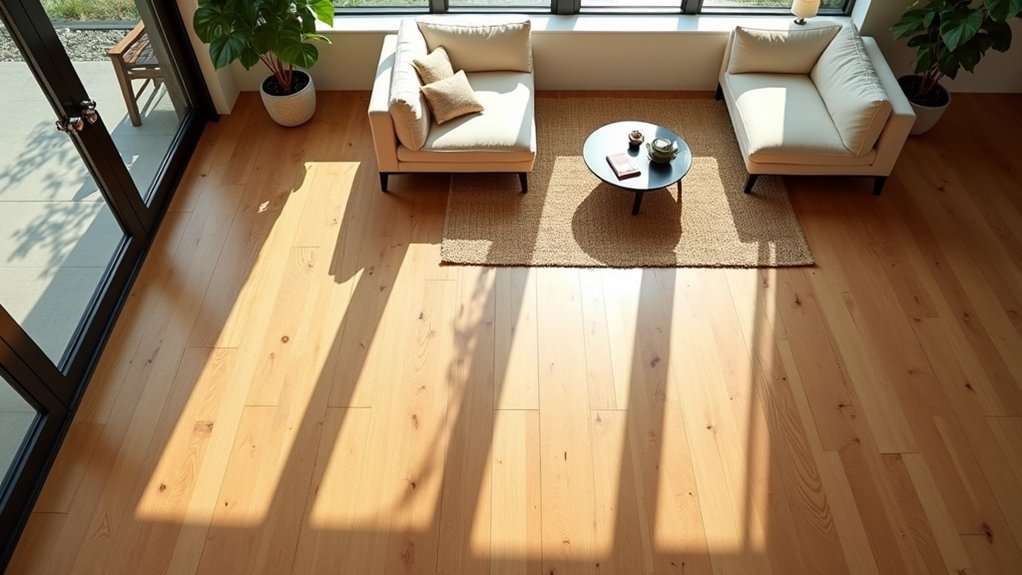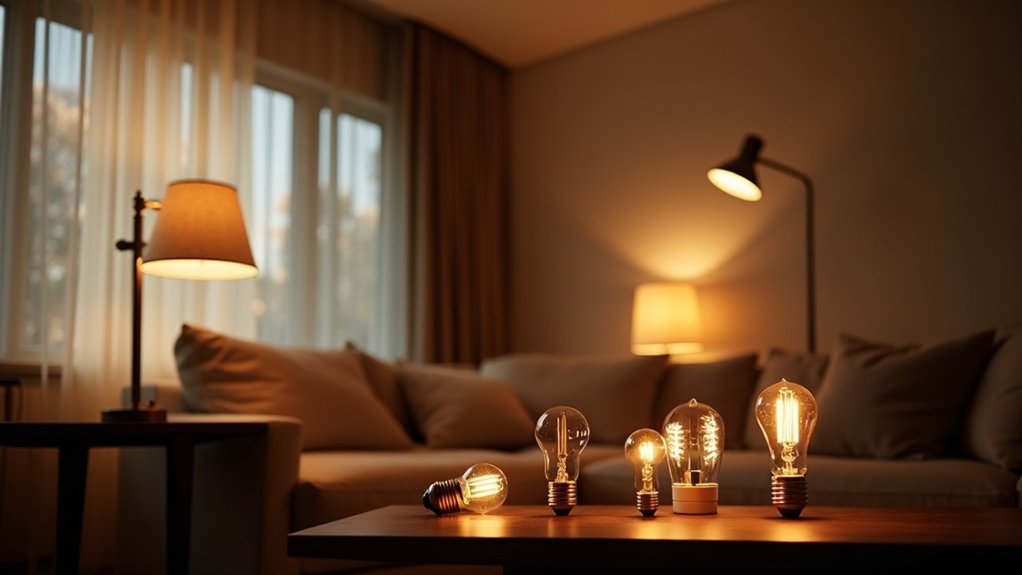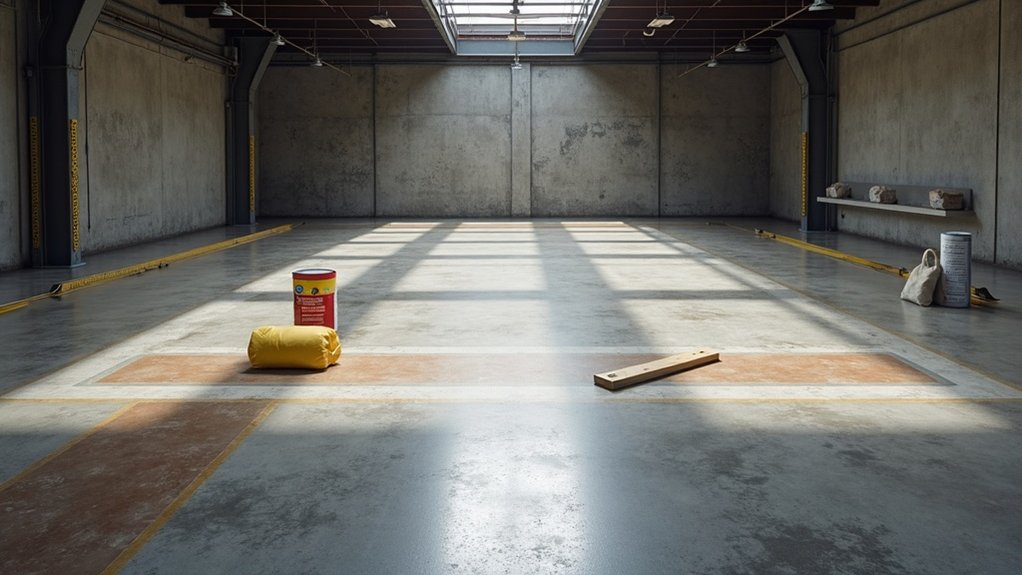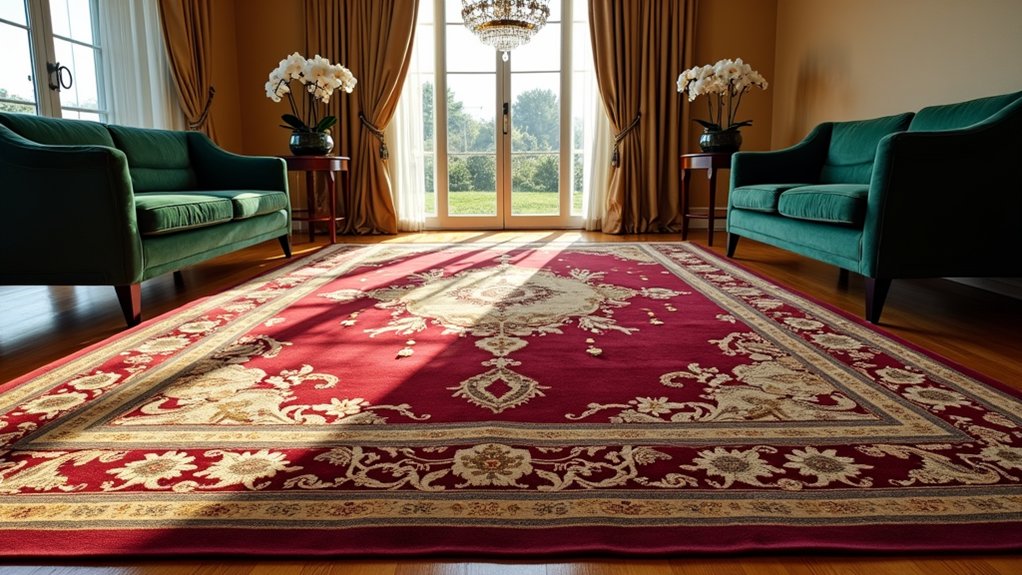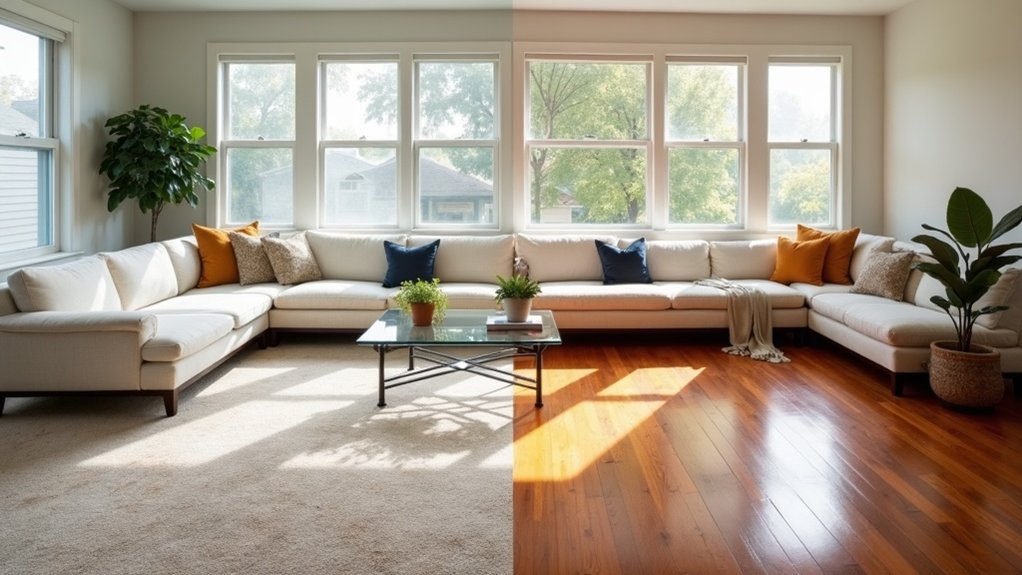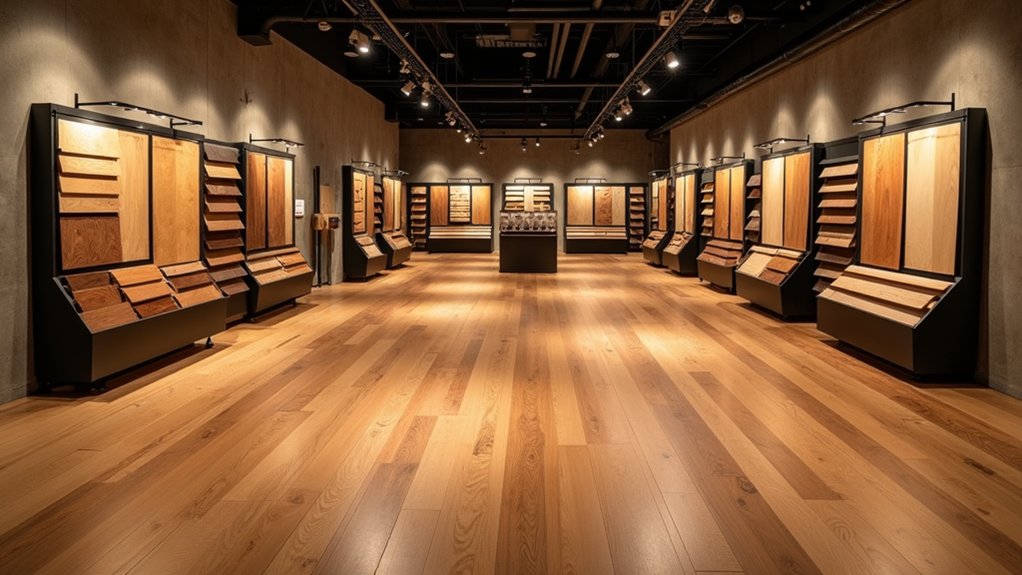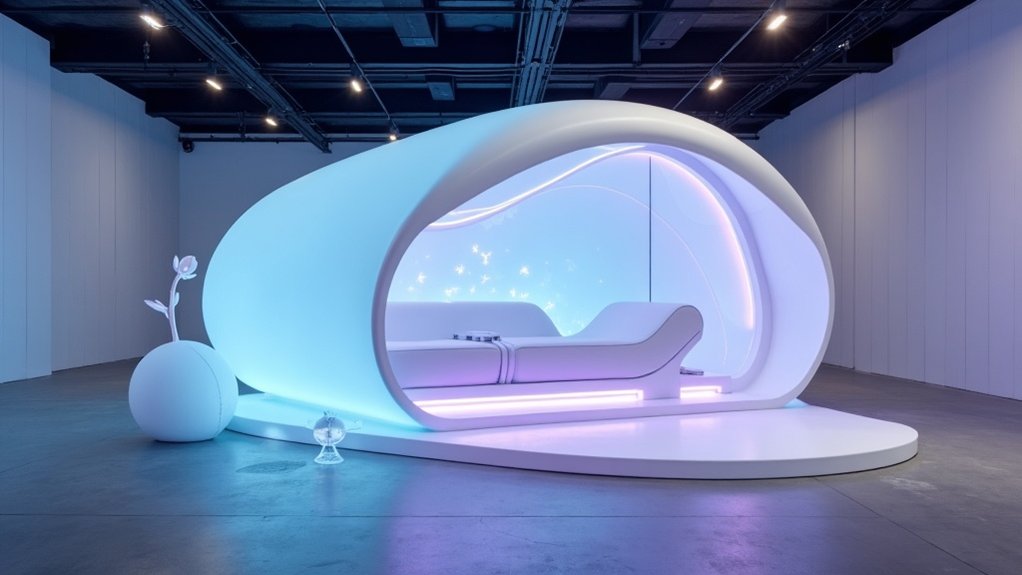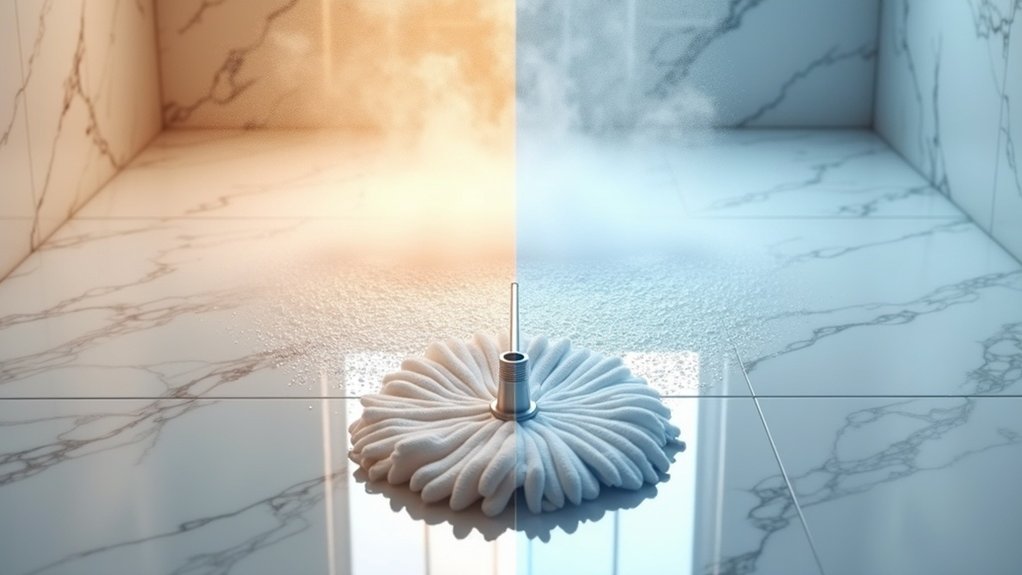As homeowners increasingly seek flooring options that blend aesthetic appeal with practical functionality, hardwood flooring continues to evolve beyond traditional expectations, embracing innovative designs, sustainable practices, and improved durability features. The industry’s transformation reflects changing consumer priorities, with 28% of new flooring installations in 2024 involving hardwood, while surveys indicate this momentum will persist through 2025.
Wide plank flooring has emerged as a defining trend, creating spacious, luxurious interiors that showcase natural wood grain while minimizing visible seams. These broader boards, commonly crafted from oak, maple, and hickory, particularly complement open-concept layouts. Mixed-width planks add another dimension, providing dynamic visual interest that transforms floors into artistic statements. The movement toward wider planks represents more than aesthetic preference—it signals a shift toward bold, confident design choices.
Color preferences reveal homeowners’ desire for versatility and warmth. While gray tones maintain their popularity as modern backdrops, warm earthy hues like honey oak and natural blonde are experiencing renewed interest. Whitewashed finishes suit Scandinavian-inspired interiors, while caramel tones offer timeless appeal. This diverse palette allows homeowners to create inviting atmospheres while maintaining flexibility for evolving décor styles.
Texture has become just as significant, with hand-scraped, wire-brushed, and distressed finishes gaining traction among discerning buyers. These surfaces effectively mask wear in high-traffic areas while adding authentic character through visible knots and grain patterns. Matte and satin finishes dominate contemporary preferences, offering understated elegance that complements modern aesthetics. The decline of high-gloss finishes reflects homeowners’ preference for low-maintenance options that hide everyday wear. Beyond traditional straight-lay installations, creative pattern layouts including herringbone and chevron designs are transforming floors into sophisticated focal points that enhance both contemporary and traditional homes.
Sustainability concerns increasingly influence purchasing decisions, driving demand for FSC-certified and reclaimed hardwoods. Domestically sourced materials reduce transportation impact while supporting responsible forestry practices. Bamboo and other rapidly renewable alternatives provide eco-conscious options without sacrificing visual appeal.
Durability remains paramount, particularly for households with pets or children. With lifespans ranging from 30 to over 100 years, hardwood represents a significant investment, typically costing $2,500–$7,100 for installation. Advanced finishing technologies now offer improved scratch and dampness resistance, ensuring these floors withstand daily stress while maintaining their beauty.
As homeowners balance luxury aspirations with practical needs, hardwood flooring continues adapting to meet these evolving demands.
